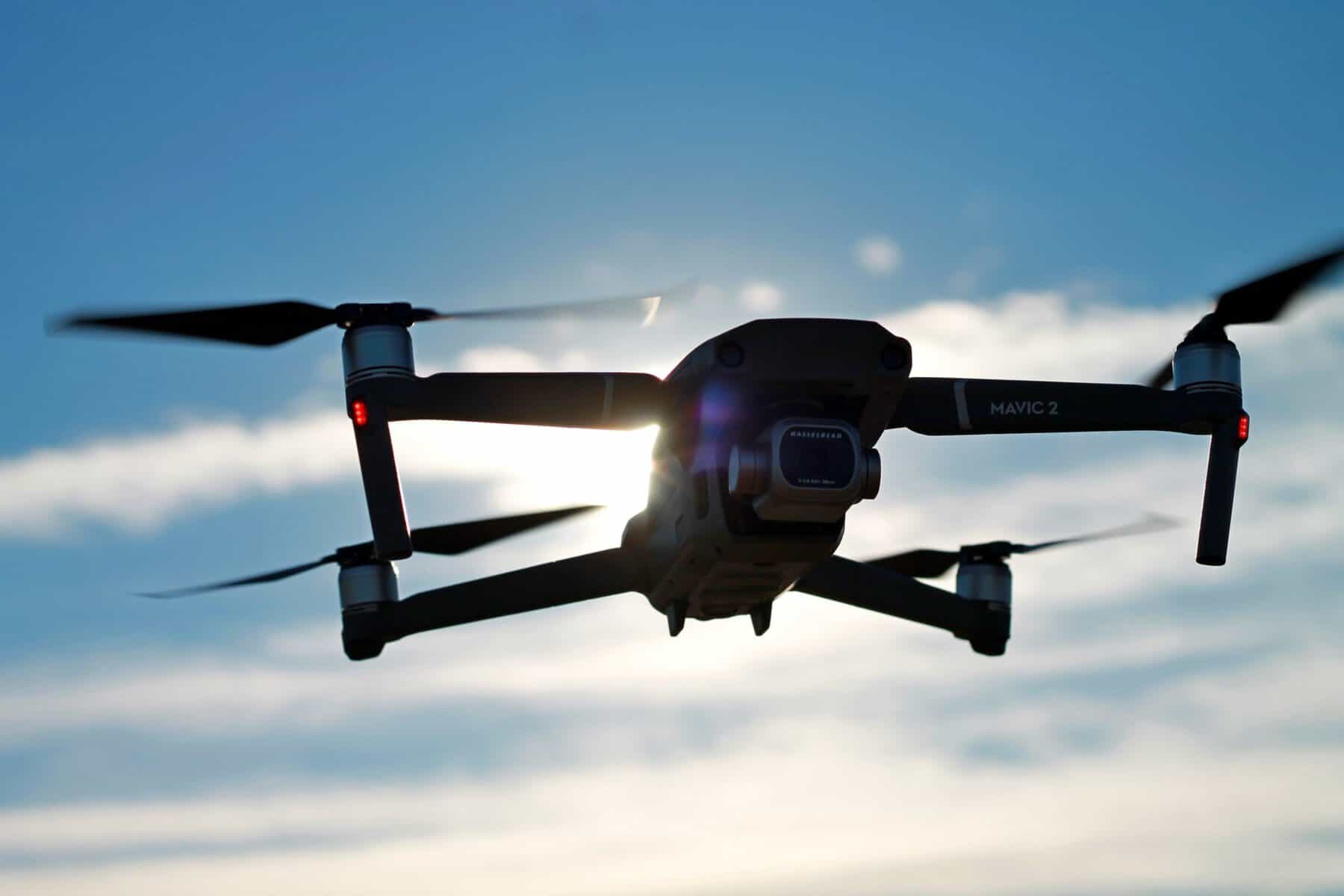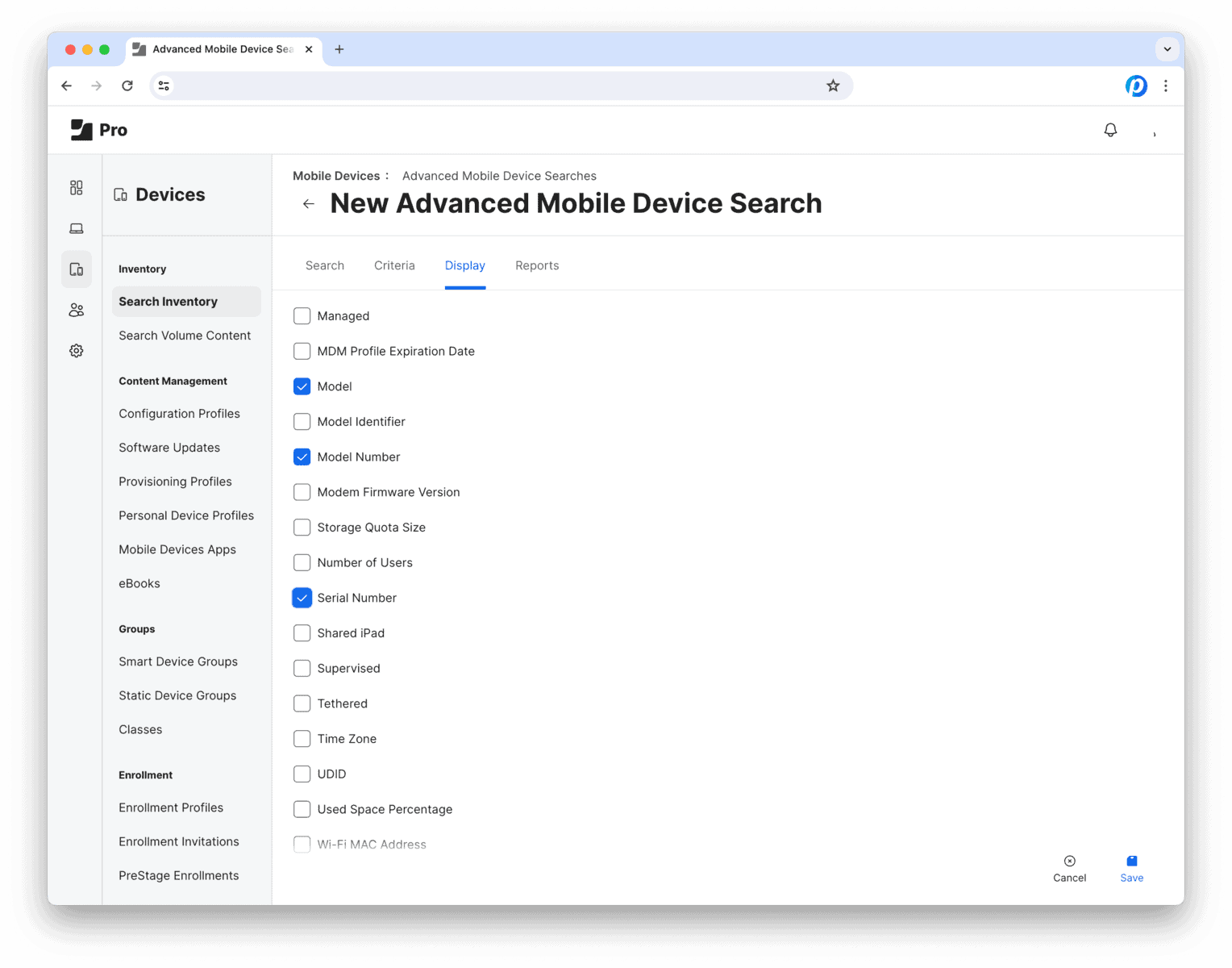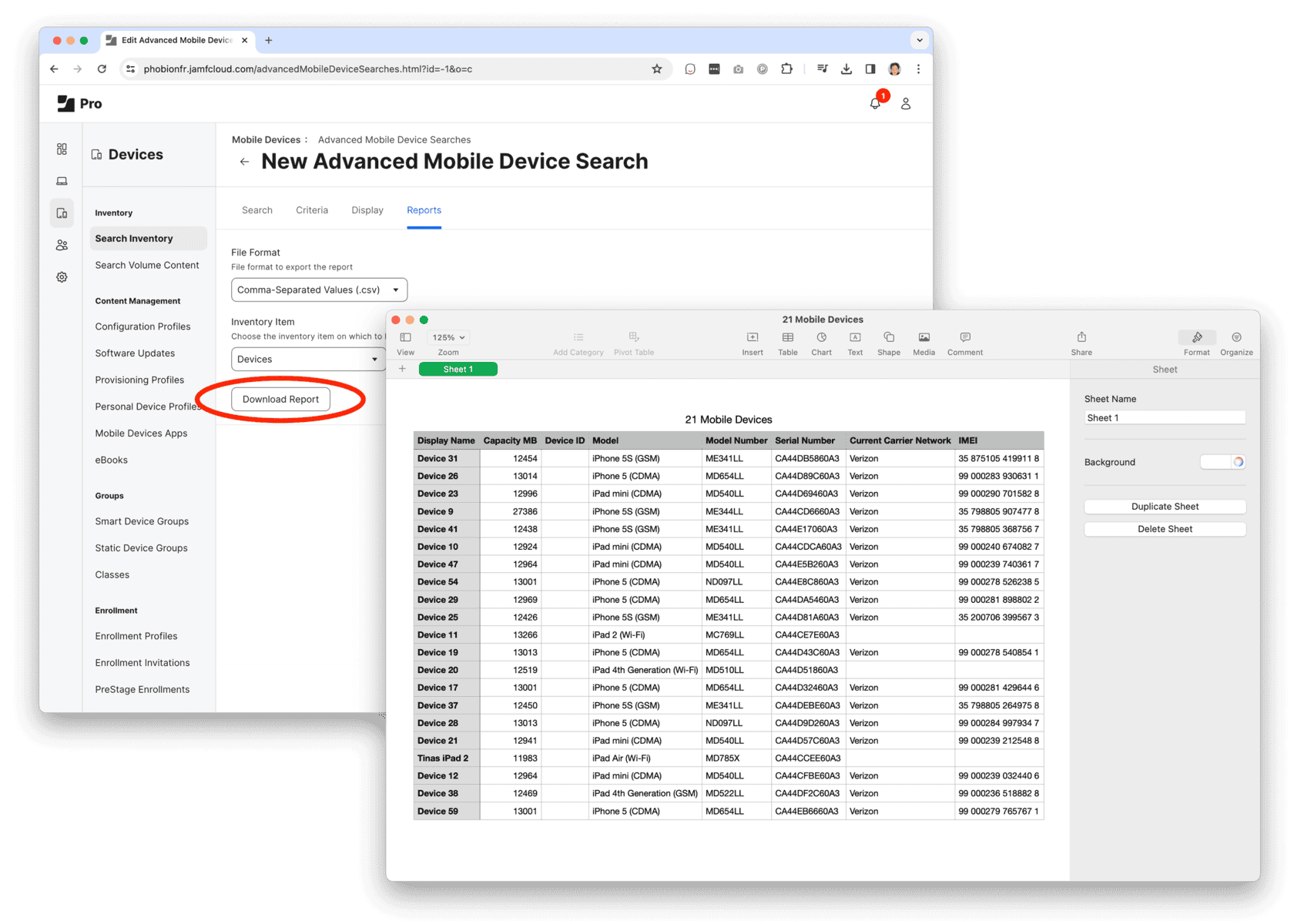The use of drones, otherwise known as unmanned aerial vehicles, has come a long way from when the first pilotless vehicles were utilized during World War I, and has grown exponentially since the Federal Aviation Administration granted exemptions for U.S. companies to operate them in 2016.
With news flying high about their extraordinary capabilities, it’s no surprise that the sales and use of drones aren’t slowing down anytime soon. In fact, the drone services market is expected to reach over $63 billion in 2025, with sales of consumer drones already surpassing $1 billion last year, according to Statista.
As drone technology has become more sophisticated and agile, so have its functions. They’re used for everything from photography to food delivery, but drones are also being recognized for their eco-friendly abilities. Here are some fascinating ways that drones are being put to good use for the betterment of the planet.
Collecting Garbage
Litter does more damage than we realize – impacting habitats in devastating and irreversible ways. Picking it up to minimize pollution in human and animal environments is a time-intensive exercise that seems well-suited for fast acting drones. In San Francisco, scientists are using them to help clean trash from the banks of waterways before they end up in the ocean, in Dubai, a trash-eating “shark” drone prowls the water with a capacity to hold 352 ls of trash, and in Spain, the University of Vigo has developed a drone to help pick up litter on beaches.
Managing Water During Droughts
In areas that are frequently subjected to droughts (like California) and water use needs special attention and care, drones are being used to help detect leaks, which one farmer estimated could save enough water to sustain over 500 families of four for a year. The Department of Agriculture in the Philippines even used drones during a 2019 drought to find crops that were struggling for water. With global warming impacting arable land and food insecurity becoming a pressing global issue, the drone market in agriculture continues to accelerate, too – it’s expected to reach over $5 billion by 2025.
Mapping Landfills
A large part of managing landfills is mapping and planning them correctly so they don’t harmfully impact the environment they’re in. With so much ground to cover, it’s a job that takes time, and a lot of labor. Using drones instead of humans to map landfill areas has been extremely helpful in preserving resources, while also providing data insights to landfill operators about their businesses. Some additional drone solutions now include measuring methane, and taking the information back to surveyors where levels are exceeding, a method that’s five times faster than manual inspection.
Planting Trees
Drones don’t just collect information or imagery, sometimes they do actual labor too, and that includes planting trees. This year, 10,000 drought-tolerant Ghaf trees were planted in the Dubai desert by drone. The project was pioneered by Cafu, a UAE-based startup whose goal is to plant 1 million tree seeds across the country. The seeds are packed in soil and inserted at least one centimeter underground. With hundreds of millions of hectares of forest lost globally in the last 30 years, the tech could be useful in increasing native or endangered plants in regions around the world, and even helping areas devastated by wildfires recover quicker than ever before.
Thinking about upgrading your drone? Phobio works as a trade-in partner for Drone Nerds, North America’s largest drone retailer. Contact us today!








